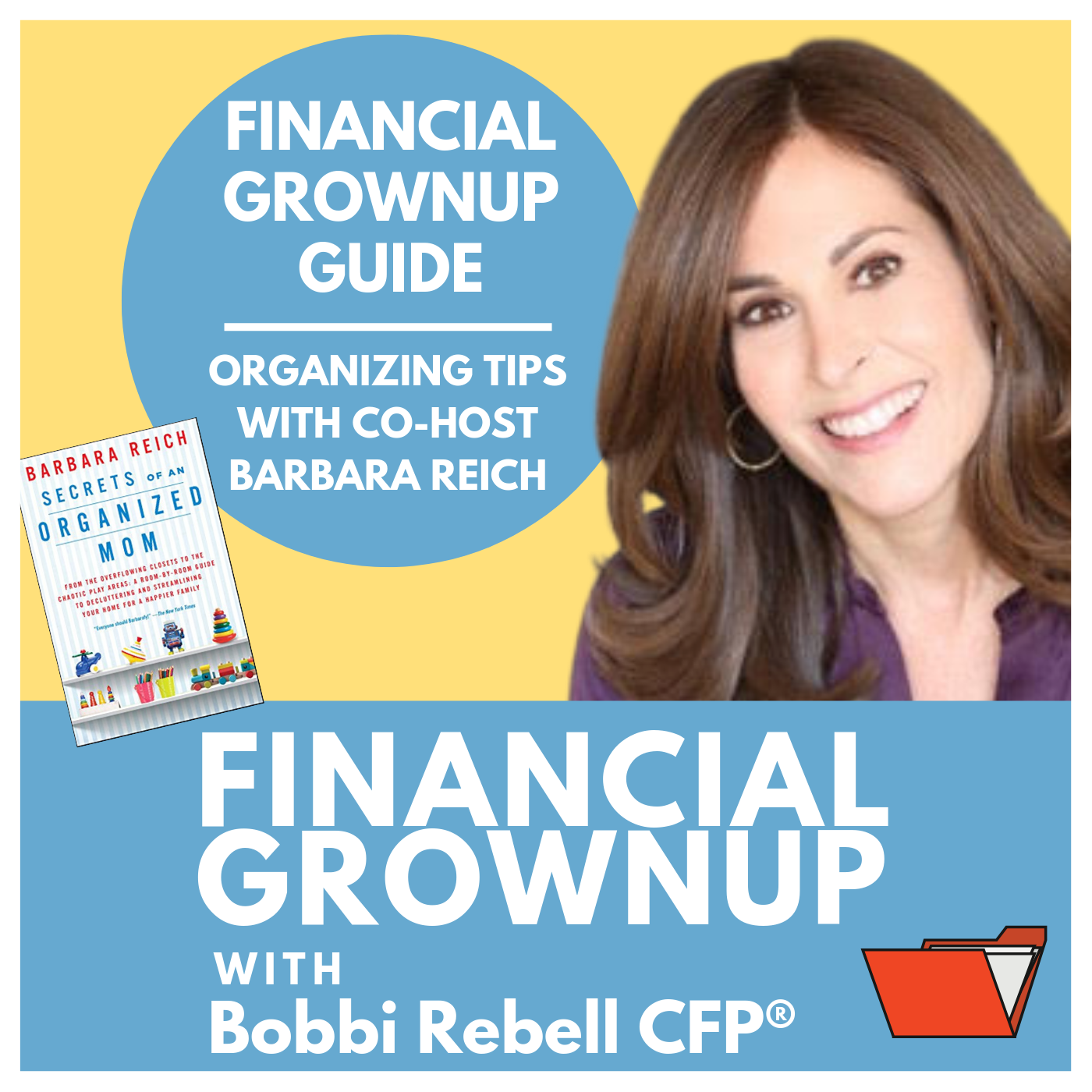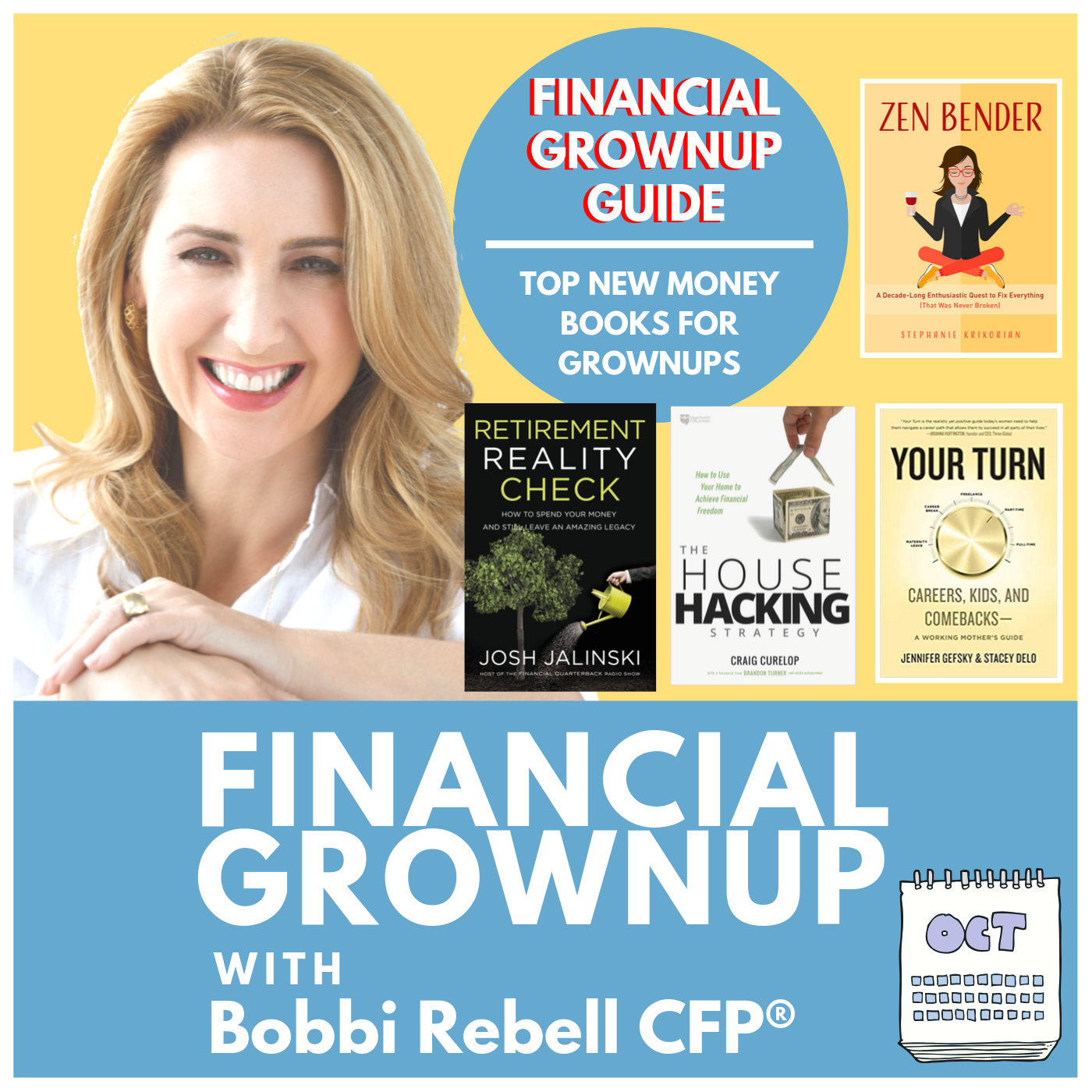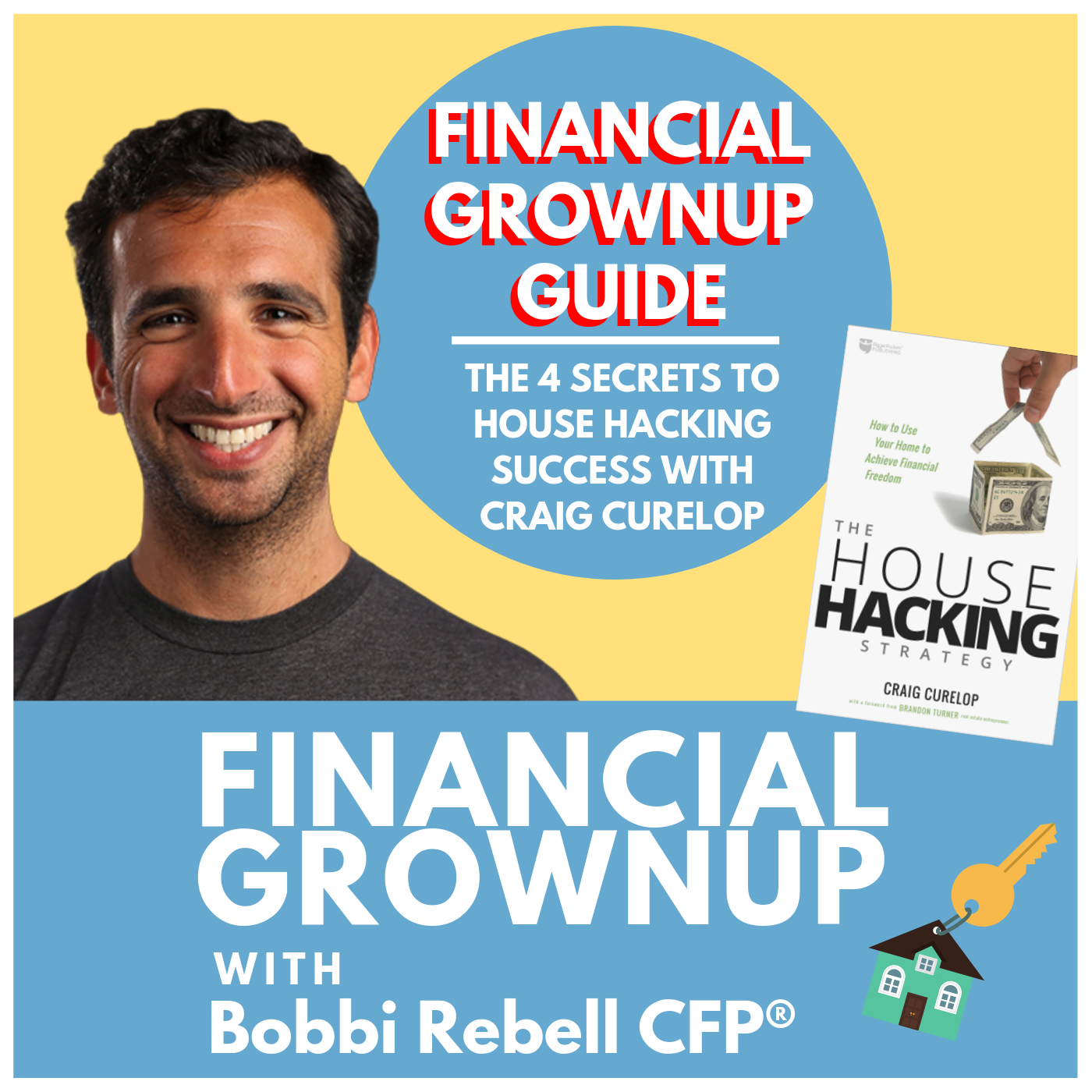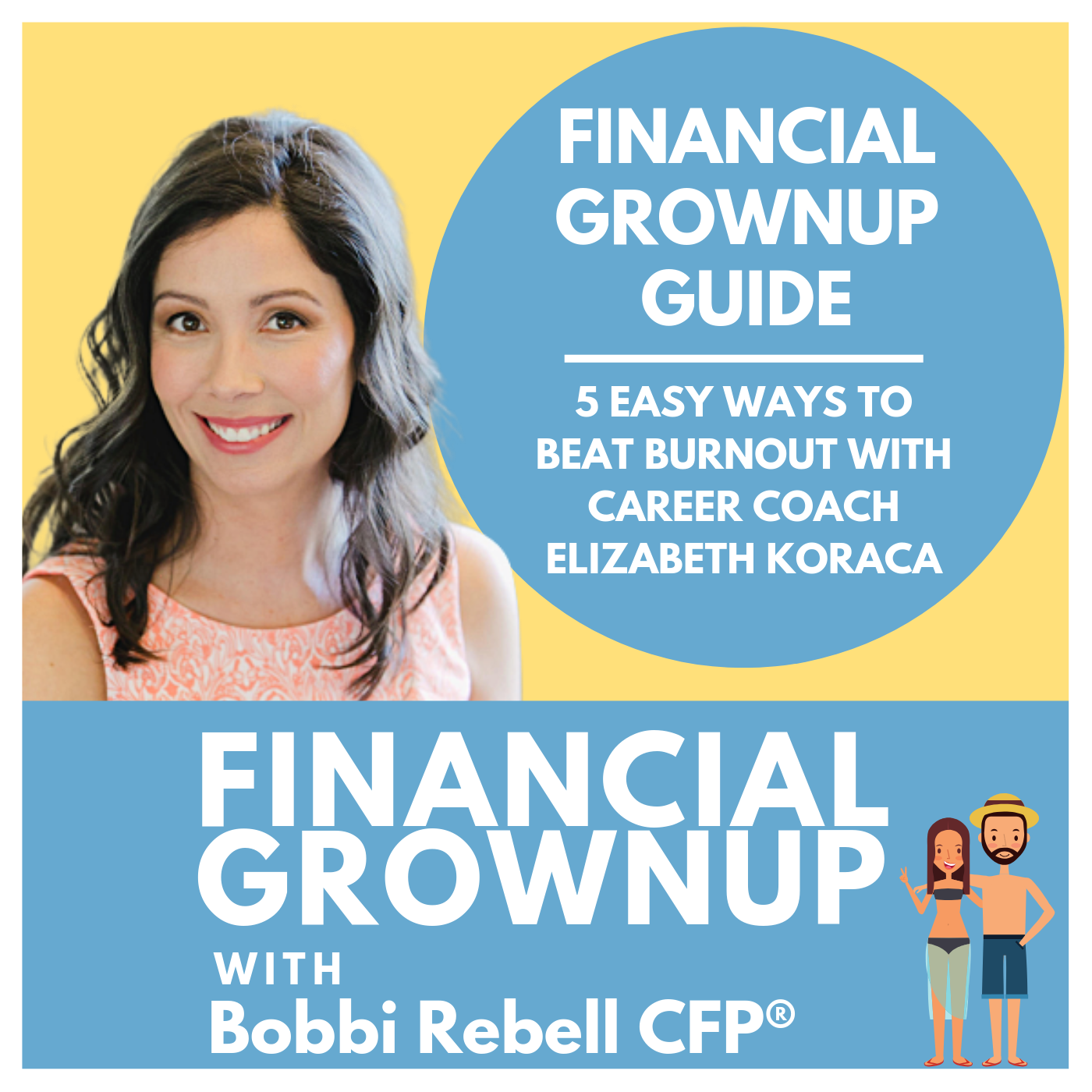How to Buy Art Like a Financial Grownup
The art market is intimidating for many of us. But it can be a great way to both invest or just collect pieces you love and want to enjoy having. Gallerist and art advisor Janis Cecil walks us through exactly how to get started, what to look for, and how to get the best price.
Bobbi Rebell:
A lot of our listeners are very curious about investing in art and what it takes to get started, so I wanted to bring you on to kind of give us the inside scoop in, I hate to say a safe environment because so many galleries seem intimidating even as your friend walking into that beautiful space in Chelsea, it's vast. You see this stunning art on the wall and you don't really know how it all works. How does it work? How do you start buying art, Janis?
Janis Cecil:
The primary market are galleries that represent artists who are making art now, which they are then presenting and selling to the public. There are other types of galleries called secondary market galleries, which just specialize in selling works that had been sold before. These works were sold from an artist at one point and now they're back on the market, either because the owners decided to sell them for whatever reason. The three Ds are often thought of, which is death, divorce, or debt.
Bobbi Rebell:
Oh my gosh.
Janis Cecil:
Sometimes people sell for those three reasons. Other times people just want to upgrade their collections or they've moved and they can't take their big painting with them. There are all sorts of reasons why people sell.
Bobbi Rebell:
So the first step is to figure out what you like? Let's say you're ready for a transaction. I know when I've gone in, for example, to your gallery, there is no price tag next to these paintings.
Janis Cecil:
That's true. Very observant, Bobbi. There is actually a rule in New York that galleries are supposed to have available a price list upon request. I would suggest that if there's something that someone likes in a gallery, just say, "Hi," either there'll be someone, a staff member of the gallery, it could be a sales director who will talk to you about prices, there could be a price list available upon request at the front desk at the gallery. Every gallery will be somewhat different about this. They may have someone come out and talk to the person who's asking about prices so that way they can give a fuller understanding of the artist and their career, and kind of help the viewer understand what they're looking at and how things are priced.
Janis Cecil:
A price that's quoted by the person at the gallery is somewhat negotiable, especially if it's primary market. An artist who is selling will have an agreement with the gallery where they split the proceeds from the work that's sold and usually there is between a five and a 15% discount that can be given to a buyer.
Bobbi Rebell:
What is the language that you would use to ask for that? I mean, what do you say?
Janis Cecil:
One of the negotiating tactics would be to say, "Hi, I really like this painting. What's the price?" Then someone tells you the price. You can say, "Well, is that the best you can do?" Or, "What do you think the best price is?" I think the nomenclature here would be best price. And then also there are things that can be negotiated, which could be, if it's a larger work that would cost money to send someplace, right? To ship somewhere, you can kind of negotiate shipping costs. Maybe the gallery can ship for free, or they can actually pay for the crating.
Janis Cecil:
Imagine now, paintings that are really expensive to build a crate that's actually museum, or where they that can travel across large distances costs thousands and thousands of dollars. In this case if you're buying something smaller or something that is less valuable, you could use something called a master pack box, which they can actually order and it'll fit their artwork perfectly and keep it super safe so it can be sent by Federal Express or another courier or hand-trucked.
Bobbi Rebell:
New York is somewhat of an art gallery every day and a fair every day because there's so many galleries, but many people do enjoy going to art fairs. I know I've gone to them and I've actually bought art at them. Tell me how those work differently from walking into a gallery.
Janis Cecil:
Okay. The art fair is kind of like the art buying experience on steroids. I mean, it is just all about the transaction and all about introducing people to new artists or to a new body of work they haven't seen by an artist. If you see something you like, I would advise going in and introducing yourself to whoever looks like they're in charge in that booth. I would just start a conversation and say, "Hi, I like this. Tell me about the artist. Where are they from? What's the material? What's the medium of this work I'm looking at? Is it an oil, is it acrylic, is it a watercolor?" If it's a sculpture, "What's it made out of?" And then they can talk to you about the artist's inspiration or their goals that they're trying to achieve with this work.
Bobbi Rebell:
And again, how negotiable is it? And does that negotiability change depending on how early or how late in the fair you're there?
Janis Cecil:
Yes, things are negotiable always. Again, I would go by the five to 15% rule remembering, of course, that there is no incentive necessarily for a gallery to give a discount to an artist that's super hot when they're pretty much going to sell everything out. They may not give discounts at all or they may decide, "Look, if a collector's coming to us and they buy it from us a lot, we're going to always give them kind of a 10% discount." It's going to depend, really depending on the artist that is of interest and the gallery where you're looking.
Janis Cecil:
And then at the end of the fair, so say the fair starts on a Wednesday, that's the VIP day. Then on Sunday comes and you could be at the end of the week when the fair's about the close, there could be perhaps more flexibility and prices just because the fair's almost over and they tried to sell things before they leave.
Bobbi Rebell:
Because it's expensive to ship things back, right?
Janis Cecil:
It is expensive to ship things back. Or you know what? Shipping things back when they're sold, everyone's happy to do that.
Bobbi Rebell:
Of course.
Janis Cecil:
Of course, they'd rather ship it to its next home.
Bobbi Rebell:
Yes. Okay, are there things to look for if you're buying for what you love, that goes without saying, but if you're buying and you do hope that this will appreciate in value, so you're buying as an investment. What are some things that people should keep in mind?
Janis Cecil:
Things you're looking at are condition of the work. Doing homework, say on a database that records auction sales. That could be Live Art Auction, or Artnet, and looking at what other works of art have sold by that artist in similar years or similar media. And then also having a condition report and doing basic due diligence on what the work is being sold.
Bobbi Rebell:
How much of this is available online? What can people find out if they don't have access to an art expert like you?
Janis Cecil:
Well, there's a couple of different ways of doing this. Both Artsy and Artnet have auction records online. Artsy, also provides kind of more of a bio and understanding of where that artist's work is in the firmament of contemporary art today. So artsy.net and you would basically go on the site and say, "Okay, I'm interested in a painting by," let's say, the American Alex Katz, or, "I'm interested in a sculpture by," let's say, the British sculptor, Lynn Chadwick. Like, "What museums are this work in and what are the prices at auction? How do we find sculpture or paintings by these artists?"
Janis Cecil:
There's a whole way of doing that. There'll be galleries you can search, you can google the artist's name and see who represents the artist or the estate of the artist. And remembering that if you fall in love with something that's very, very expensive, say a Jasper Johns painting. Jasper Johns paintings will cost deca millions. Even if you love Jasper Johns, and you can't afford that, which by the way, most people cannot, you can still buy a beautiful work on paper by the artist or a limited edition print. Our firm in itself is really good in print making. It could be etchings, it could be lithographs, right? Like Warhol, silkscreens, all these things are ways to buy art by artists who are famous, who are eternally recognized and to make it affordable.
Bobbi Rebell:
Well, I was even looking at Blain Southern's website before we started recording and there's a lot of really accessible stuff as inexpensive, by the way, as when artists had a mug that was 10. It was 10 pounds in this case because it was from your British branch. But there's very affordable works and works that are from the artists, but as you said, they're editions, they're prints. That means there's not only one, but there's only one of the one that you have. That's right.
Janis Cecil:
And that's the edition of 50.
Bobbi Rebell:
Exactly.
Janis Cecil:
At the edition of 50 you will get your own edition number and it will be edition to of a 50, or 10 or 50. And there's something else to know, which is that most editions have what's called an artist's proof. Or in French you'd say [French 00:11:34], and so there'll be a limited edition say of 10 and then there could be two artists proofs. They're actually, it means there are 12 in existence, but the say, at the edition of 10 when you buy something it'll either be one of that 10, or it could be an artist proof if the artist does decide to sell them.
Janis Cecil:
Another way to find really beautiful limited editions is to shop at museum stores and I love museum stores because it's great. You're supporting artists, you're supporting the health of the institution when you buy from museum shops, and if you're a member at a museum then you also get a discount when you do that.
Bobbi Rebell:
Even though you're buying this artist at a lower price point, a more accessible price point, it is fully work of that artist and could also appreciate. It is a limited edition. It is potentially an investment, it could be-
Janis Cecil:
Oh, for sure.
Bobbi Rebell:
Nothing's ever guaranteed, but it is a way to buy these artists at much more affordable prices.
Janis Cecil:
Exactly. I mean Jasper Johns, Prince by Jasper Johns, when he made them were incredibly affordable. They are now worth over a million dollars. And the important thing when looking at art is to think about what is it that I can buy with the budget that I have. I'd rather buy one or two things a year that are really good quality that are representative of the artist. In other words, that means they're kind of emblematic of what the artist does, right?
Janis Cecil:
If you're wanting to buy a work by an artist who's famous for painting portraits, maybe if you're going to buy just one thing by that artist, buy something that's actually figurative, right? That represents a portrait or a person. And that's kind of what that artist is known for. Whereas what if you want to buy something like by the British artist, David Hockney, and he's known for doing interiors but also these incredibly lush landscapes. In that case, a landscape by David Hockney makes perfect sense.
Bobbi Rebell:
What should people do when they walk into the galleries and it's just dead quiet and they've just got, there's just somebody at the desk kind of staring at them. You can feel so awkward, Janis.
Janis Cecil:
Well, I mean, most front desk people that I've had anyone at the front desk, I've always encouraged them to be friendly and smile and be welcoming. I think it's just to say, "Hi," and then when you leave say, "Thank you." And if you're like, "Oh wow, I love that. Can you tell me more?" And if the front desk person is super busy or can't talk to you, then they'll usually get someone who can.
Bobbi Rebell:
Amazing. Such great advice.
Episode Links:
Follow Janis!
Some of the links in this post are affiliate links. This means if you click on the link and purchase the item, I will receive an affiliate commission at no extra cost to you. All opinions remain my own.









































